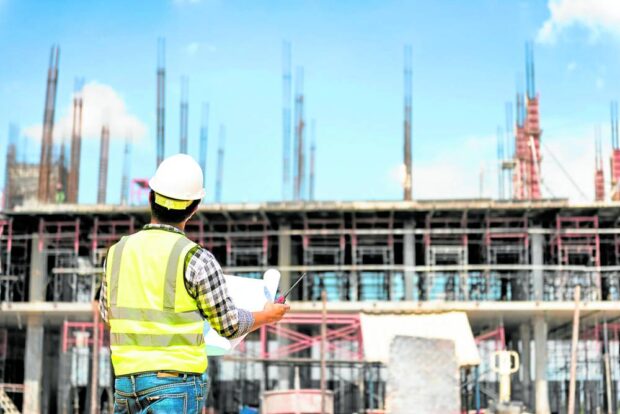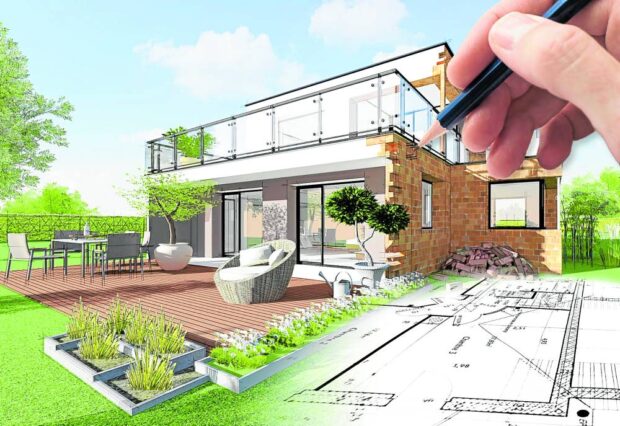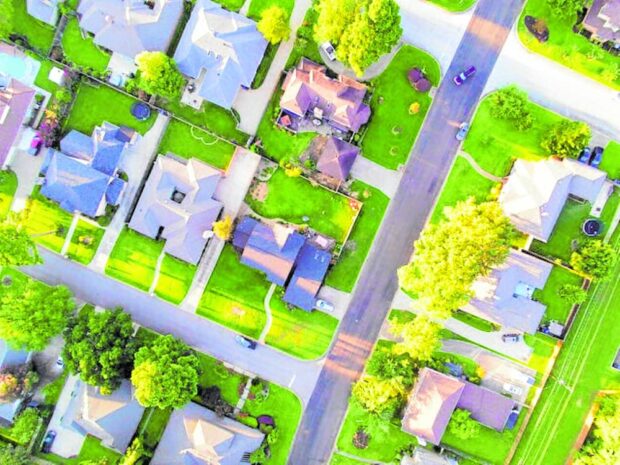Foundations of purpose and profit

(https://www.columbiacountyor.gov)
Land can be either a legacy or a liability, depending on its utilization.
Many landowners who choose to build a home prioritize family, sentiment, and comfort. In contrast, developers view land as an opportunity to generate returns, scale projects, and invest through cycles.
While both parties recognize the value of the land, their purposes and processes differ significantly.
Grounded projects, grounded lives
Building a home begins with deep personal questions. Where will the morning light fall? How wide should the kitchen opening be for a family of four? What view will they appreciate from their window? These decisions shape how a family will experience their home every day.
Yet every home must pass through a framework of regulation. Once plans reach the permit office, personal choices must meet zoning rules, right-of-way access requirements, structural guidelines, and fire safety codes.

(https://www.lifestylehousing.in)
Towers run on timelines
Condominium projects demand a different form of discipline. Sentiment gives way to strategy. Each slab, riser, and corridor must integrate with vertical systems where precision takes precedence over instinct.
Coordination spans contractors, consultants, city engineers, financiers, and marketing teams. Construction phasing, turnover schedules, and cash flow projections govern decisions.
While homes may absorb cost overruns quietly, vertical developments operate on strict financial metrics. Delays echo through bank obligations, investor relations, and presales performance.

The decision to build reveals the owner’s view on risk, return, and legacy.(https://www.justluxe.com)
One structure, many stakeholders
Design standards form the common language. Floor-area ratios, structural design thresholds, waterproofing details, and mechanical systems must meet both legal requirements and industry expectations.
Philippine building codes define minimum standards, but competitive developments often exceed them. Two staircases meet fire safety mandates and three appeals to premium buyers. Elevators, backup systems, lobby volumes, and ceiling clearances shift from design features to business differentiators.
These are decisions rooted in performance. They shape livability, scalability, and long term operation. Developers ask what looks good and what works. They ask what will sell faster, function better, and generate fewer complaints.
Design as economic catalyst
Whether in a rural town or a dense city, a well-designed structure can raise value beyond its walls and become a catalyst.
According to Colliers Philippines, Metro Manila is projected to welcome more than 160,000 new condominium units by 2026, driven by rising demand and renewed infrastructure investment. Timing is no longer a concern for construction. It is a financial calculation.
Homes respond to the seasons of life. They gain value in meaning. For landowners, the difference matters. Will the land become a private haven or a public asset? Each choice demands a different kind of preparation.

(https://www.realpmservices.com)
Every lot holds potential
The decision to build reveals the owner’s view on risk, return, and legacy. Those who see land as potential understand the commitment that comes with it. Those who guide the journey carry the responsibility of making it a reality.
The business of building starts with clarity. The result, whether in concrete or community, follows the depth of that understanding.
The author is a Filipino architect and venture strategist known for futuristic architectural visions and large-scale developments in the Philippines. His studio delivers design and business solutions for hotels, leisure estates, museums, and mixed-use townships with a focus on innovation and real estate foresight
